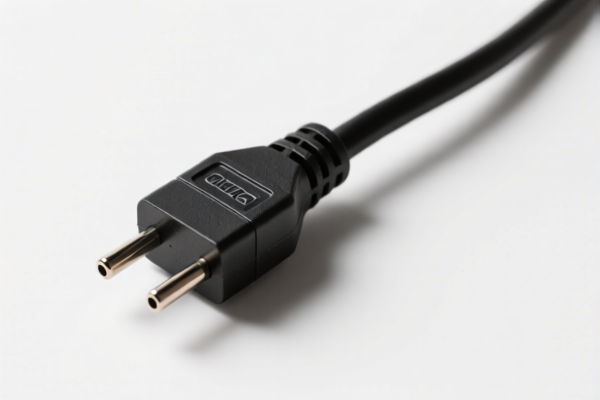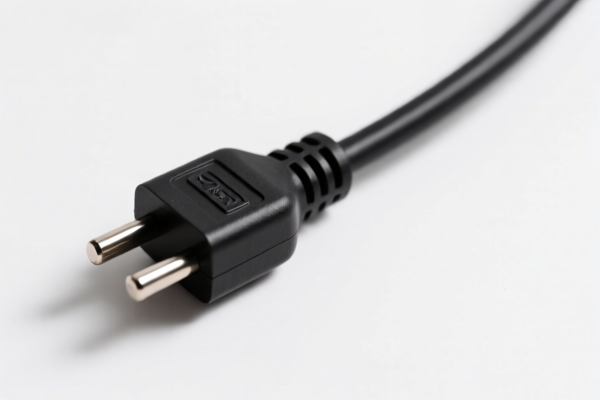| HS Code | Official Doc | Tariff Rate | Origin | Destination | Effective Date |
|---|---|---|---|---|---|
| 8504409540 | Doc | 55.0% | CN | US | 2025-05-12 |
| 8504409530 | Doc | 55.0% | CN | US | 2025-05-12 |
| 8504406001 | Doc | 55.0% | CN | US | 2025-05-12 |
| 8504409510 | Doc | 55.0% | CN | US | 2025-05-12 |
| 8504409520 | Doc | 55.0% | CN | US | 2025-05-12 |




Power Supply
A power supply is an electronic device that supplies electric power to an electrical load. The primary function of a power supply is to convert one form of electrical energy to another, typically converting alternating current (AC) line voltage to a stable direct current (DC) voltage that can be used by electronic devices.
Materials
Power supplies utilize a variety of materials, including:
- Transformer: Typically constructed with laminated silicon steel cores and copper windings.
- Rectifier Diodes: Commonly silicon-based, converting AC to DC. Silicon Carbide (SiC) and Gallium Nitride (GaN) diodes are increasingly used in higher efficiency designs.
- Filter Capacitors: Aluminum electrolytic, ceramic, and film capacitors are used for smoothing DC output.
- Voltage Regulators: Integrated circuits (ICs) and discrete components (transistors, Zener diodes) are used to maintain stable output voltage.
- Heat Sinks: Aluminum or copper, used to dissipate heat generated by power conversion.
- PCB (Printed Circuit Board): Typically FR-4 epoxy laminate.
- Enclosure: Steel, aluminum, or plastic.
Purpose
The core purpose of a power supply is to provide clean, stable power to electronic components. This is critical for:
- Device Operation: Ensuring proper functionality of electronic circuits.
- Protection: Preventing damage from voltage fluctuations, surges, and short circuits.
- Efficiency: Minimizing energy loss during conversion.
- Safety: Providing isolation between the AC mains and the DC output.
Function
The typical operation of a power supply involves several stages:
- Input Filtering: Reduces electromagnetic interference (EMI) from the AC line.
- Rectification: Converts AC voltage to pulsating DC voltage.
- Filtering: Smooths the pulsating DC voltage into a more stable DC level.
- Regulation: Maintains a constant output voltage despite variations in input voltage or load current.
- Protection: Includes features like over-voltage, over-current, and short-circuit protection.
- Output: Delivers the regulated DC voltage to the load.
Usage Scenarios
Power supplies are ubiquitous and found in a vast range of applications:
- Computers: ATX power supplies provide power to desktop computers, laptops, and servers.
- Consumer Electronics: Used in televisions, smartphones, game consoles, and audio equipment.
- Industrial Equipment: Powering motors, controllers, and automation systems.
- Medical Devices: Providing reliable power for critical healthcare equipment.
- Telecommunications: Powering network infrastructure and communication devices.
- LED Lighting: Supplying DC power to LED drivers.
Common Types
- Linear Power Supplies: Simple and cost-effective, but inefficient and bulky. They use a transformer to step down the voltage and linear regulators to maintain a stable output.
- Switching Power Supplies (SMPS): More efficient and compact than linear supplies. They use switching regulators and high-frequency transformers. Common topologies include:
- Buck Converters: Step-down converters.
- Boost Converters: Step-up converters.
- Buck-Boost Converters: Can step up or step down voltage.
- Flyback Converters: Isolated converters commonly used in lower power applications.
- Forward Converters: Isolated converters with higher efficiency.
- AC-DC Power Supplies: Convert AC line voltage directly to DC voltage.
- DC-DC Power Supplies: Convert one DC voltage level to another.
- Uninterruptible Power Supplies (UPS): Provide backup power in case of power outages.
- Programmable Power Supplies: Allow users to adjust output voltage and current.
- High-Voltage Power Supplies: Generate high voltages for applications like lasers and X-ray machines.
The declared goods are identified as power supplies. These are electrical transformers, static converters (such as rectifiers), and inductors, or parts thereof. Specifically, they are static converters designed as power supplies for automatic data processing machines (heading 8471), goods of subheading 8443.31 or 8443.32, or monitors of subheading 8528.42 or 8528.52, or projectors of subheading 8528.62.
The following HS codes are relevant based on the provided information:
-
8504406001: This HS code covers static converters suitable for physical incorporation into automatic data processing machines or units thereof of heading 8471, with a power output not exceeding 50 W. The code breaks down as follows:
- 85: Electrical machinery and equipment.
- 04: Electrical transformers, static converters (for example, rectifiers) and inductors; parts thereof.
- 40: Static converters.
- 60: Power supplies for automatic data processing machines or units thereof of heading 8471; power supplies for goods of subheading 8443.31 or 8443.32; power supplies for monitors of subheading 8528.42 or 8528.52 or projectors of subheading 8528.62.
- 01: Suitable for physical incorporation into automatic data processing machines or units thereof of heading 8471 With a power output not exceeding 50 W.
-
8504406007: This HS code covers static converters suitable for physical incorporation into automatic data processing machines or units thereof of heading 8471, with a power output exceeding 50 W but not exceeding 150 W. The code breaks down as follows:
- 85: Electrical machinery and equipment.
- 04: Electrical transformers, static converters (for example, rectifiers) and inductors; parts thereof.
- 40: Static converters.
- 60: Power supplies for automatic data processing machines or units thereof of heading 8471; power supplies for goods of subheading 8443.31 or 8443.32; power supplies for monitors of subheading 8528.42 or 8528.52 or projectors of subheading 8528.62.
- 07: Suitable for physical incorporation into automatic data processing machines or units thereof of heading 8471 With a power output exceeding 50 W but not exceeding 150 W.
Tax Information:
Both HS codes 8504406001 and 8504406007 share the following tax details:
- Basic Tariff: 0.0%
- Additional Tariff: 25.0%
- Tariff after April 2, 2025: Additional Tariff of 30.0%
- Total Tariff: 55.0%
Customer Reviews
No reviews yet.